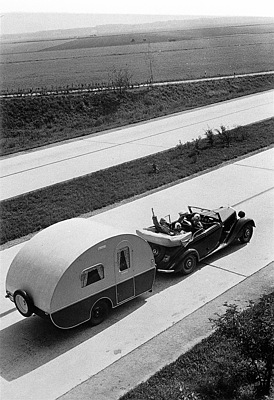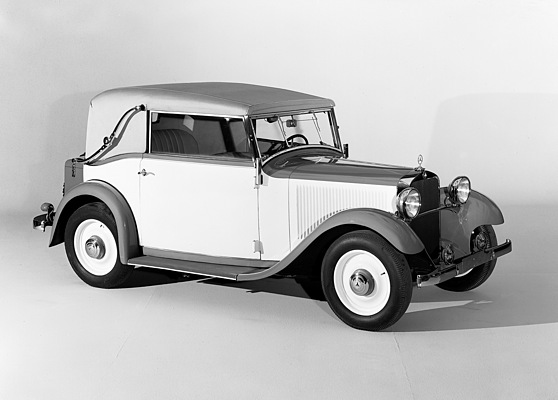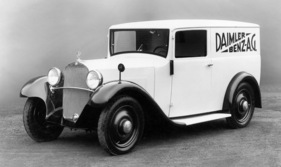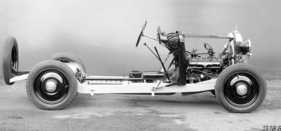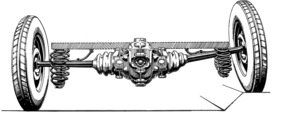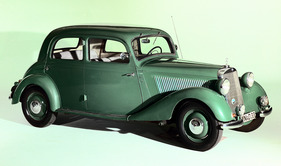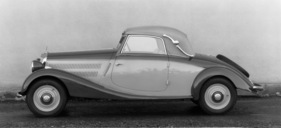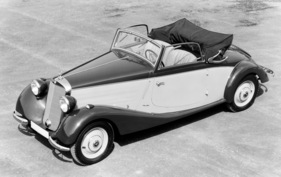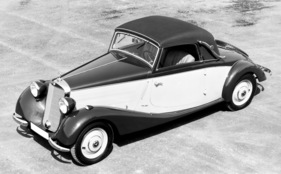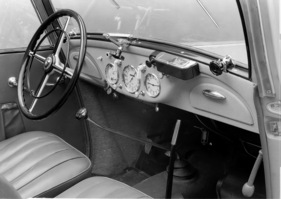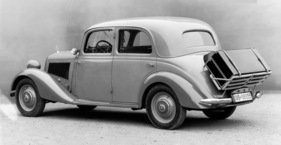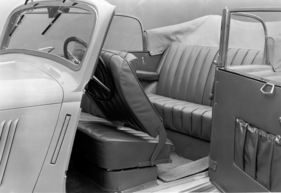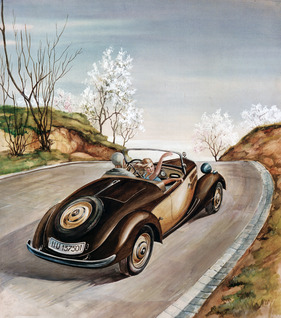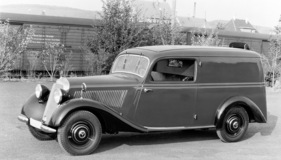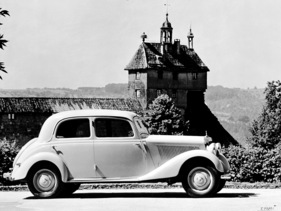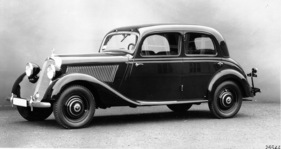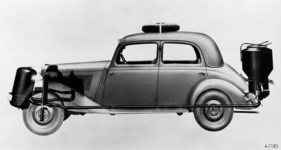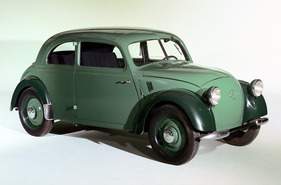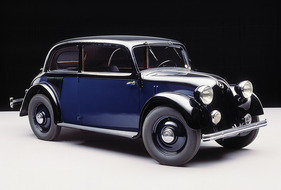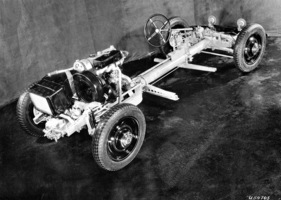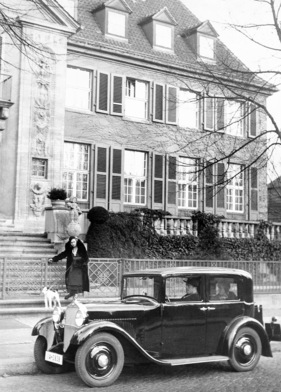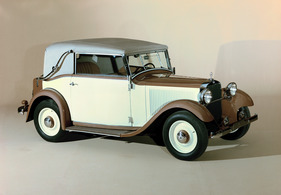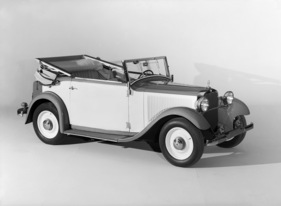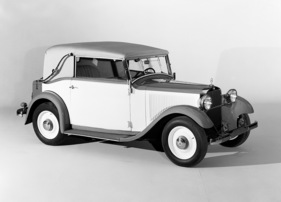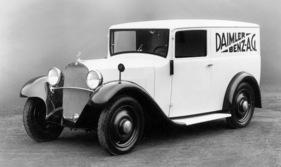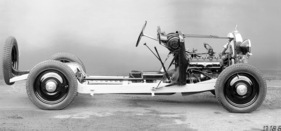How Mercedes excelled with a small car in the 1930s - Mercedes-Benz 170 V
Summary
In 1931, Mercedes-Benz presented the "170" at the Paris Motor Show. This car marked the beginning of a new era for the famous brand, as never before had a vehicle with the three-pointed star achieved higher sales figures. And rightly so. This report tells the story of the Mercedes-Benz 170 and describes the experience of driving an open-top model, illustrated with many historical photographs.
This article contains the following chapters
- The first small car
- Inexpensive, but not cheap
- More curves for the 170 V
- Economical and full throttle
- With various body attachments
- Less successful 170 H and G5
- Additional types - the niche cars of the time
- "Steely" post-war period
- At the wheel of a 170 V
- Technical data Mercedes-Benz 170 V from 1938 (Type W 136)
Estimated reading time: 6min
Preview (beginning of the article)
In 1931, Mercedes-Benz presented the "170" at the Paris Motor Show. This car marked the beginning of a new era for the famous brand. In 1931, the Mercedes range consisted of the Nürburg, SS and the large Mercedes. The smallest model that the Stuttgart-based company could offer - it was called the Stuttgart - still had a remarkably long wheelbase of 281 cm. However, Dr. Ing. h. c. Hans Nibel (born in 1880, employed by Benz from 1904, later by Daimler-Benz and appointed Technical Director in 1929) had been working on a revolutionary small car for some time. This car was now shown at the 1931 Paris Motor Show. The 170 model attracted attention not only because of its modest dimensions - wheelbase 260 cm, length 394 cm - but also because of its technical delicacies.
Continue reading this article for free?
Photos of this article


